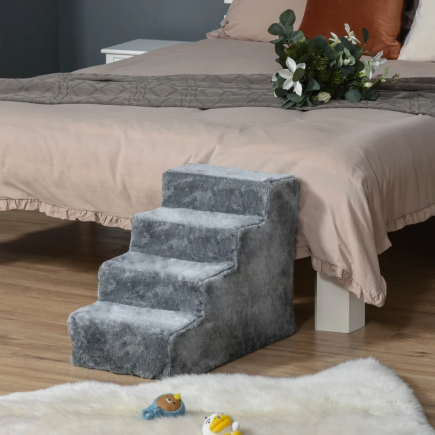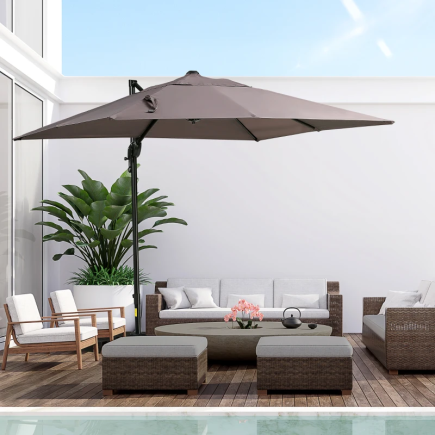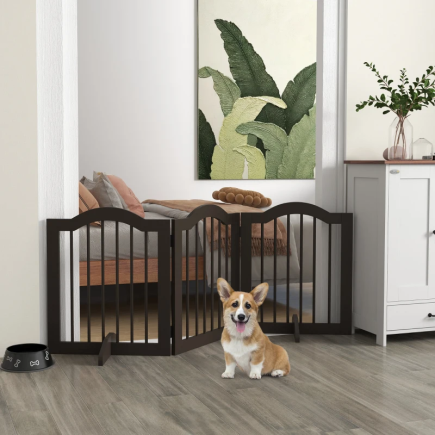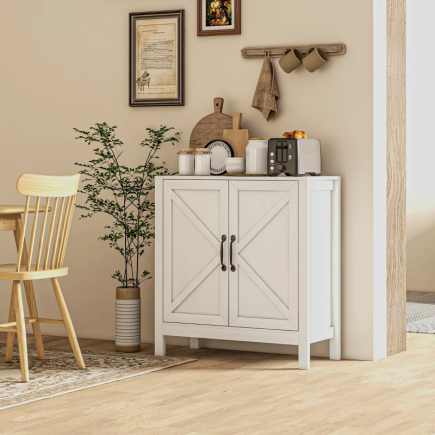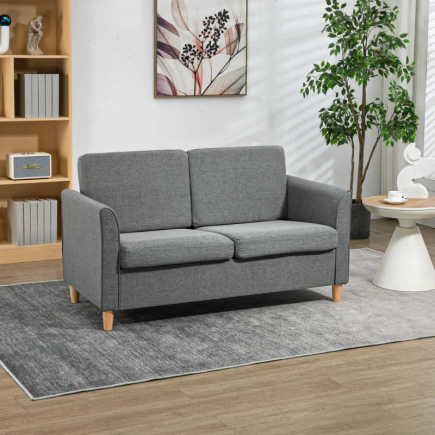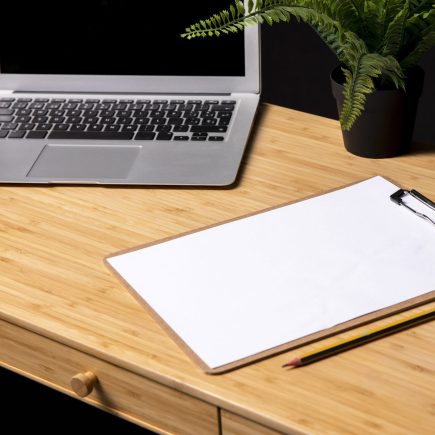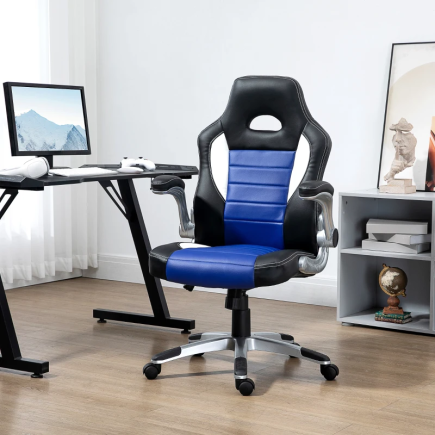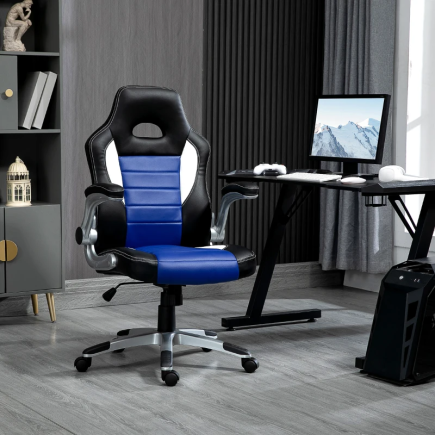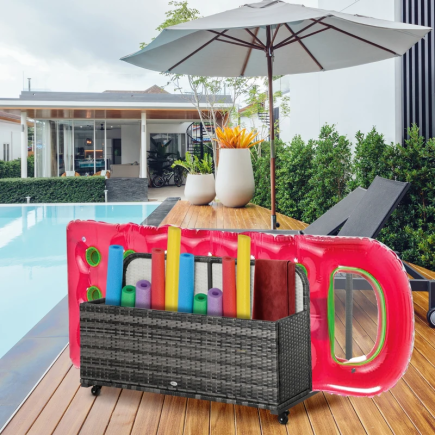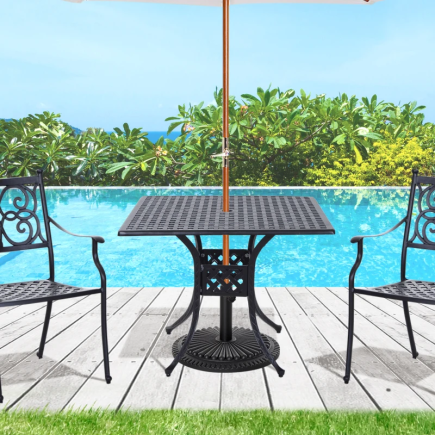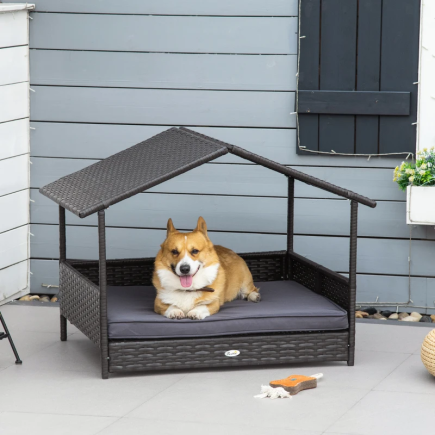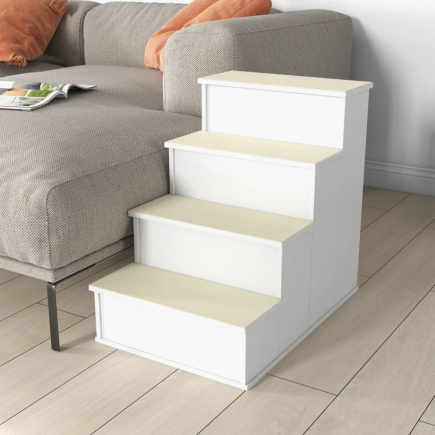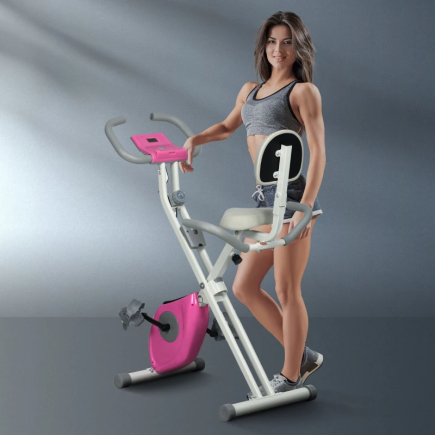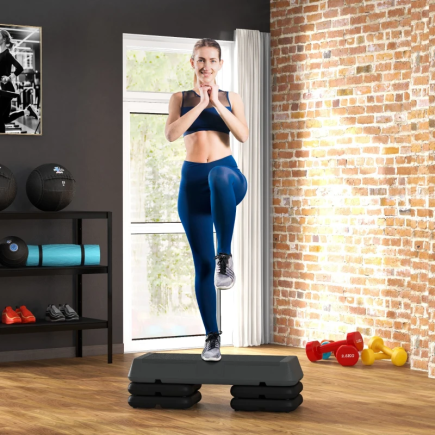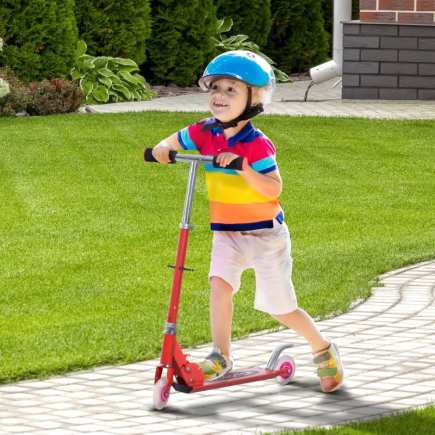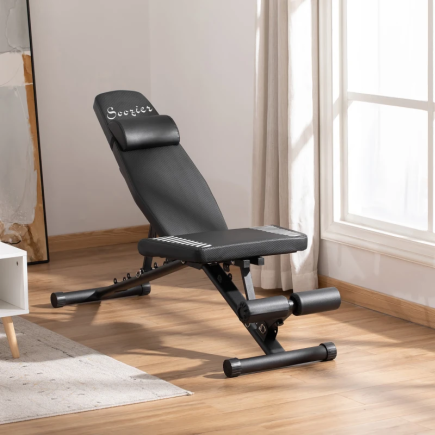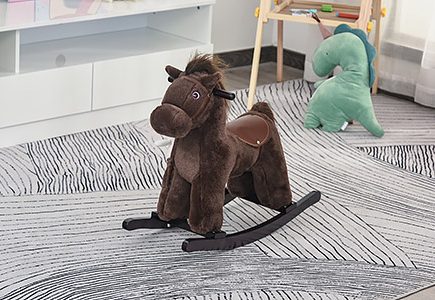
Owning a kayak can open up a world of adventure, but it also comes with the responsibility of keeping it secure when it’s not in use. Whether you’re storing your kayak at home, locking it at a dock, or securing it during transportation, it’s essential to use the right techniques to prevent theft and ensure its longevity. This comprehensive guide will provide you with all the steps and tips needed to lock up your kayak safely and securely, with detailed instructions for all kayak types and storage locations.
Choosing the Right Lock for Your Kayak
The first step in securing your kayak is choosing the right lock. There are various types of locks available, and the choice of which to use depends on the specific kayak type, where you’ll be storing it, and the level of security you need.
1. Cable Locks

Cable locks are the most versatile and popular option for securing kayaks. They are typically made of braided steel, which provides resistance to cutting and offers flexibility for different storage situations. Cable locks can be used for stationary storage (like locking a kayak to a tree, fence, or dock) or during transportation (securing it to a roof rack).
- Pros: Flexible, lightweight, easy to use, affordable, and commonly available.
- Cons: Can be cut by a determined thief with the right tools, but still act as a deterrent for casual theft.
2. Locking Straps

Locking straps are designed to secure kayaks to roof racks or other fixed points. These straps combine the functionality of a tie-down and a lock. They typically have a built-in locking mechanism that prevents theft while also securely fastens your kayak.
- Pros: Great for roof racks and transport, can be used in place of traditional tie-down straps.
- Cons: Less flexible than cable locks, may not be suitable for all storage locations.
3. U-Locks
U-locks are solid and provide a high level of security, especially when securing a kayak to a fixed point like a rack or a post. They are similar to bike locks, providing a rigid form of security.
- Pros: High security, especially against bolt cutters.
- Cons: Less flexible, typically used for larger anchor points, not as adaptable for varied kayak types.
Locking a Sit-Inside vs. Sit-on-Top Kayak
Sit-on-Top Kayaks

Sit-on-top kayaks are popular for recreational paddlers due to their stability and ease of use. One of the key benefits of sit-on-top kayaks is the scupper holes, which make it easier to lock them securely.
Step-by-Step Guide for Locking Sit-on-Top Kayaks
- Locate the Scupper Holes: Sit-on-top kayaks usually have multiple scupper holes located in the cockpit, foot well, or tank well.
- Thread the Cable Through the Scupper Holes: Choose a cable lock and thread it through one or more scupper holes. These holes are large enough to accommodate a cable, allowing you to secure the kayak effectively.
- Wrap the Cable Around a Sturdy Anchor Point: Once you’ve threaded the cable through the scupper holes, loop the other end of the cable around a fixed, immovable structure like a post, tree, or dock.
- Tighten the Cable and Lock It: Ensure there is no slack in the cable to prevent theft. Tighten it securely, then lock the cable with your key or combination lock.
Pro Tip: If you’re locking multiple sit-on-top kayaks, you can thread the cable through the scupper holes of each kayak and lock them all together. This method is ideal when you have limited anchor points.
Sit-Inside Kayaks

Sit-inside kayaks, which are typically used in colder waters or for longer journeys, do not have scupper holes, so locking them requires more finesse. You will need to use the deck loops, handles, or other structural points on the kayak.
Step-by-Step Guide for Locking Sit-Inside Kayaks
- Find the Deck Loops or Handles: Sit-inside kayaks typically have metal loops or handles that can be used to thread the lock through.
- Wrap the Cable Around the Bow and Stern: Use a cable lock to loop one end around the bow (front) and the other around the stern (back). This ensures that the kayak remains anchored.
- Secure the Cable to an Anchor Point: Find a sturdy, immovable structure like a tree, post, or dock and loop the cable around it.
- Tighten the Cable and Lock It: Tighten the cable to ensure there is no slack, then lock the cable securely to the anchor point.
Pro Tip: Sit-inside kayaks can also be locked together if you have multiple kayaks. Thread the cable through the metal loops of each kayak and secure them as one.
How to Lock an Inflatable Kayak

Inflatable kayaks are more portable and lightweight, which makes them convenient but also vulnerable to theft. Due to the lack of solid structure, securing them effectively requires careful attention.
Step-by-Step Guide for Locking Inflatable Kayaks
- Deflate the Kayak (Optional): If possible, deflate your inflatable kayak. This makes it harder for thieves to steal and can also make it easier to store the kayak in a more secure location, like your garage or car.
- Wrap the Cable Around the Kayak: Use a cable lock to wrap it around the front and rear handles (if available). If your kayak doesn’t have handles, thread the cable through other attachment points like D-rings or straps.
- Anchor the Kayak: Find a secure, immovable object such as a tree, post, or fixed anchor.
- Tighten the Cable and Lock It: Ensure the cable is tight with no slack, making it difficult for a thief to slip the lock off. Lock the cable with your key or combination lock.
Pro Tip: If you must leave your inflatable kayak inflated, use a lockable bag to store it when not in use. This provides additional protection against theft.
How to Lock Multiple Kayaks Together

When you own more than one kayak, locking them together can be an effective way to protect them, especially when anchor points are scarce.
Step-by-Step Guide for Locking Multiple Kayaks Together
- Sit-on-Top Kayaks: Pass the cable lock through the scupper holes of each sit-on-top kayak. For added security, thread the cable through multiple scupper holes for a tighter fit.
- Sit-Inside Kayaks: For sit-inside kayaks, find the deck loops or handles and pass the cable lock through them. If you have more than one kayak, loop the cable through each kayak and tighten it together.
- Lock the Kayaks Together: Secure the kayaks by locking the cable around them, ensuring that they are tightly fastened and there is no slack.
- Secure to a Fixed Anchor Point: Once the kayaks are locked together, secure the cable to a fixed, immovable anchor point such as a tree, post, or dock.
How to Secure a Kayak to a Roof Rack or at Home

Securing your kayak during transport or when stored at home requires slightly different approaches, but both are important for preventing theft and damage.
Securing a Kayak to a Roof Rack
Step-by-Step Guide
- Use Locking Straps or Cable Locks: Secure the kayak to your roof rack using locking straps or cable locks. For sit-on-top kayaks, use the scupper holes; for sit-inside kayaks, use deck loops or handles.
- Tighten the Straps or Cable: Ensure that the kayak is tightly secured to the roof rack. The kayak should not shift during transport.
- Lock the Straps or Cable: Lock the straps or cable with a key or combination lock to prevent tampering while on the road.
Securing a Kayak at Home
Step-by-Step Guide
- Indoor Storage: The safest place for your kayak is indoors, ideally in a garage, shed, or other secure area. Store the kayak on a rack or wall mount and use a cable lock to secure it to a fixed point.
- Outdoor Storage: If you must store your kayak outside, place it in a concealed area near your home. Use a strong anchor point (such as a tree, post, or rack) to secure the kayak with a cable lock or locking strap.
Cover the Kayak: When storing outdoors, cover the kayak with a tarp or protective storage bag to shield it from the elements and reduce visibility to potential thieves.
Additional Security Tips for Your Kayak

In addition to locking your kayak, there are several other steps you can take to further reduce the risk of theft:
1. Record the Hull Identification Number (HIN)
Each kayak manufactured after 1972 has a Hull Identification Number (HIN), which is unique to your kayak. Make sure to record this number in a safe place. If your kayak gets stolen, the HIN can help authorities identify and recover it.
2. Use GPS Tracking Devices
Consider using a GPS tracker for your kayak. These devices can be hidden in a secure compartment and will help you track your kayak in real-time if it’s ever stolen.
3. Invest in Kayak Insurance
If your kayak is valuable or you often leave it unattended for long periods, investing in kayak insurance might be a good idea. Some homeowner’s insurance policies cover kayaks, but check with your insurance provider to make sure.
By following these detailed steps and tips, you can ensure your kayak remains safe and secure wherever you are. Whether you’re storing it at home, locking it during transport Kayak Carts to move it easily, or securing it at a dock, the right locking mechanism and added precautions will prevent theft and damage.
FAQs
1. How do I lock my sit-inside kayak without scupper holes?
For sit-inside kayaks, use deck loops or handles to pass a cable lock through. If there are no dedicated loops, you can wrap the cable around the bow and stern for added security.
2. Can I lock multiple kayaks together?
Yes, you can lock multiple kayaks together. Use scupper holes for sit-on-top kayaks or deck loops/handles for sit-inside kayaks. Thread the cable lock through all kayaks and secure them to a fixed anchor point.
3. Are inflatable kayaks harder to secure?
Yes, inflatable kayaks are more vulnerable to theft. Use a cable lock to secure the kayak to a fixed anchor point, and consider deflating it when not in use for added security.

